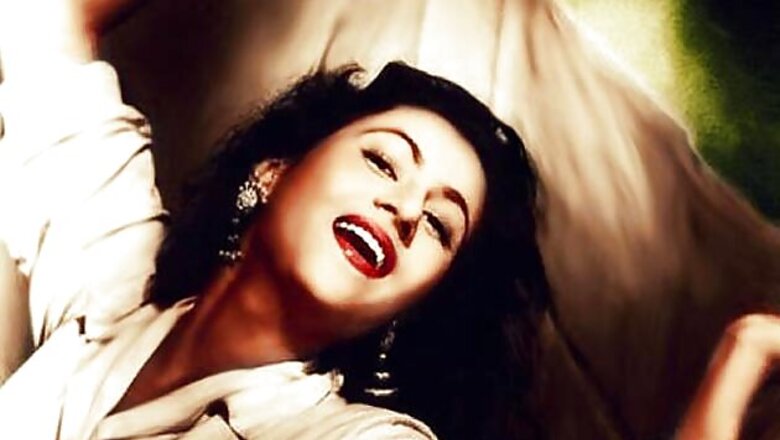
views
New Delhi: When the authorities decided to demolish the tomb of Mumtaz Jahan Dehlavi, best known as Madhubala to her legions of fans, to create space for new graves at the Santa Cruz cemetery in 2010, not many people knew how to react. The tomb was testimony to her fabled fan following and best years in an industry that let her down time and again as she weaved her magic around leading stars, directors and the general audience of the 50s.
As Indian cinema celebrates hundred years, we discuss the legendary artistes who made motion pictures the obsession of millions. The climb was especially steep for the women in the nascent years of cinema. Not only did they have to fight a conservative society that considered performing arts or any kind of professional unfit for women in the 40s and 50s, but they had also had to prove their worth in every step in a chauvinistic industry. We pay tribute in our '100 years of cinema' series to Madhubala, a woman who remained an enigma to millions enamoured by her unattainable charm.
Even almost 45 years after her death, Madhubala continues to top polls conducted on beauty and influence of stars of Indian cinema. Meena Kumari and Vyjayanthimala had their allure but the cult of Madhubala is a difficult thing to match up to.
Madhubala was the epitome of contradictions. Despite battling serious ailments, the seductress never allowed the smile to fade from her face.
Mumtaz Jahan was probably destined to be the symbol of love, being born on the Valentine's Day of 1933. She was the bread earner for her family and began her career as a child artiste as was the custom for most actresses those days. Her first role was in 1942's 'Basant' as Mumtaz Shanti's daughter.
The term 'godfather' is used loosely in the film industry to describe a guardian angel. Mumtaz met a godmother. The power-lady of the industry Devika Rani took Mumtaz under her wings and thus began an era that would see her ascent to stardom and fame. Kidar Sharma spotted the flawless beauty of Mumtaz and 'Neel Kamal' (1947) gave birth to a star who would be compared with Marilyn Monroe later in her career. The success of the film made Mumtaz, who was rechristened Madhubala now, the heartthrob of millions, but the aura around the sparkling and mysterious smile was still to take shape.
Some of Madhubala's photographs taken at that time with light framing her face have elements of mystery. Her early photos seem like the celebration of her life, full of joie de vivre. But a closer look brings out the loneliness of those scintillating eyes.
During the fifties, rumours were rife that she drinks water from a particular well to keep the glow on her face intact. It seems such anecdotes about Madhubala originated due to her reclusive lifestyle. She didn't like to speak much about her personal life and that led to speculations. The media was not omnipresent in those days.
A little more grooming and Madhubala was ready to charm the world. 'Mahal' (1949) happens to be the film which started the mass hysteria around a Muslim girl who was determined to win hearts in the post independence era. The timeless lover was changing into a matured and careful devotee of unconditional affection.
Suraiya, Nargis and Madhubala were contemporaries but a string of successful films were taking Madhubala to new heights. However, this was not as easy as it sounds because financial insecurity was constantly hounding the young girl with the burden of running her home singlehandedly. The woman who had still not forgotten the hardships of her childhood, including the untimely deaths of some of her siblings, had signed close to two dozen films - a commitment she intended to live up to.
The treacherous 50s
It was also a period when Ashok Kumar and Dilip Kumar were rewriting the history of method acting, and Madhubala was working with both, creating a niche fan base for herself. 'Sangdil', 'Armaan' and 'Bahut Din Huye' happened around that time but a major setback came in the form of 'Amar' (1954). A box office failure with Dilip Kumar and Madhubala in the lead was not a good sign for the industry. Spooked insiders started to call them an 'ill-fated couple'. This was further fuelled by rumours of their off-screen affair.
The beginning of a romance
None of the two actors accepted their romantic involvement but what happened at the premier of 'Insaniyat' (1955) was a leap of faith for both of them. Madhubala was spotted hand in hand with Dilip Kumar despite having no direct connection with the film but the problems also started to rear their heads after this incident.
The relationship between Kumar and Madhubala hadn't remained very cordial till the announcement of BR Chopra's 'Naya Daur', which proved to be the last nail on its coffin. There are two versions of the story; the first says that Madhubala's over-protective and controlling father Ataullah Khan stopped her from doing the film. The other version suggests that Madhubala herself refused the film because it was scheduled to be shot at a place which was notorious for raiding bandits. The two separated soon after.
Kishore Kumar entered her life when she needed a shoulder to cry on. Kishore not only fulfilled her wish to be married but also inspired her to do better professionally. She was already ahead of most of her contemporaries.
Madhubala gained strength in the company of Kishore and scored hits such as 'Howrah Bridge' (1958) and 'Chalti Ka Naam Gaadi' (1958), but this relationship was doomed too.
K Asif was responsible for bringing the great Dilip-Madhubala pair again on the screen with his highly ambitious and over-budget venture 'Mughal-e-Azam' (1960). It turned out be an immediate success and achieved the status of a cult-classic within months of its release, but this was Madhubala's last big release.
The 28-year-old was battling a congenital heart disease. Even during a period of relative convalescence films such as 'Boy Friend' (1961) and 'Half Ticket' (1962) were released. She breathed her last on February 23, 1969, nine days after her 36th birthday.
What Madhubala accomplished in 28 years of her life is unimaginable and that glint in her eyes is going to remain with us even now. She must have been smiling from the sky when youngsters once again go crazy after seeing 'Mughal-E-Azam' in colour.
Here are 20 things you didn't know about Madhubala:
Khatija Akbar's book 'I want to live - The Story of Madhubala' is the first biography of one of Hindi cinema's most versatile and beautiful actresses. The book scripts the riveting saga of love, passion, heartbreak, betrayal and the struggle in Madhubala's young life.
Madhubala was the lead in iconic cinemas such as 'Mahal', 'Mr and Mrs 55', 'Tarana', 'Chalti Ka Naam Gaadi' and 'Mughal-E-Azam'. Published by Hay House Publishers (India) Pvt Ltd, the book reveals the woman behind the actor.
Here are some lesser known facts about Madhubala:
By 1948, Madhubala's first few films as heroine had been released among which were filmmaker Kidar Sharma's 'Neel Kamal' (1947), NM Kelkar's 'Amar Prem' (1948) and Mohan Sinha's 'Dil Ki Rani' (1947), all with Raj Kapoor.
She was the leading lady in 66 films.
Her complexion was so fair and translucent that when she ate paan you could almost see the red colour going down her throat, recollected actor Minu Mumtaz once.
Her excessive and unquestioning obedience to her father, her inability to take the right decision at the right time, and her highly emotional nature complicated her life with disastrous results.
Madhubala's opportunities for forming close friendships were few. Due to the strict regimen she was made to follow by her father, her only exposure to her colleagues was in the studios.
She was not seen at parties, premieres, picnics, races or during the fund raising drives in open trucks or in cricket matches and film festivals most stars frequented.
Madhubala was prone to bursts of laughter which seized her at most inopportune times. For a scene in 'Amar', Nimmi had to dance before Dilip Kumar and Madhubala, and a wrong step sent Madhubala into giggles. If Nimmi was hurt she did not make an issue of it. "She came to my makeup room and said she was sorry about it," Nimmi said later. With a warm hug the matter was over.
She was proficient in Urdu. Pashtu was spoken at home but she could not speak a word of English. She was about 17 when she made up her mind to learn the language.
She once said: I am not a spendthrift for the simple reason that I do not know what to spend money on. I do not have a passion for jewellery or clothes. I do not travel. I do not go out much. By god's grace I have all the necessities of life and I'm happy.
Of the few relaxations, one was driving, which she had learnt at the age of 12. Driving was a pleasure and when she wanted a change she took to the wheel and went off for a drive.####











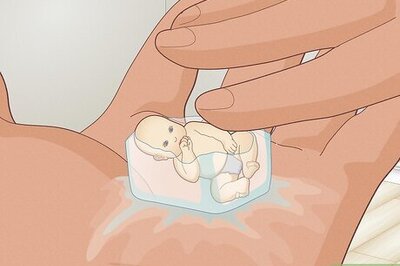
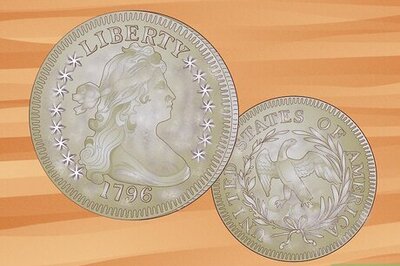
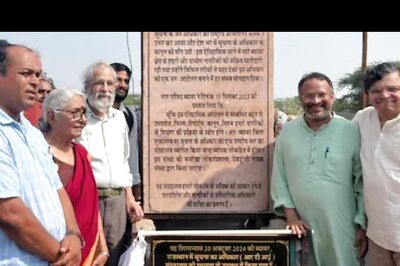


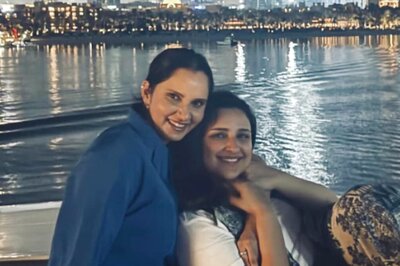

Comments
0 comment